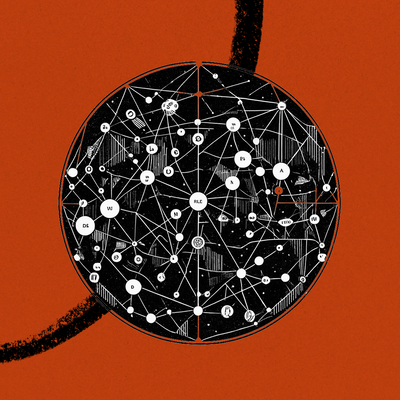
Charlie Munger made reading cool for business people. The vice chairman of Berkshire Hathaway—who died yesterday at 99—famously said that his children called him “a book with a couple of legs sticking out,” and that he knew “no wise people…who didn’t read all the time.” He was that rare professorial billionaire who was obsessed with learning broadly and deeply—both because he loved it, and because he was convinced that reading helped him make better decisions and build better businesses.
When I first read Poor Charlie’s Almanack, which contains Munger’s magnum opus, “The Psychology of Human Misjudgment,” in college, I felt like I’d found the hero I’d been lacking: an intellectual who was also an incredible business person. He became a role model for an entire generation who have grown up believing that reading great writing will help us build great businesses. In that way, he’s made Every itself possible.
We're republishing this piece I wrote recently about using AI to help apply Munger's ideas about human decision-making to your own life. Now that he's gone, we hope it’s one more way in which he can live on. —Dan
Years ago, Federal Express couldn’t deliver packages on time.
All packages were moved between airplanes at one central airport every night. The only problem was that the night shift wasn’t moving fast enough to get the job done—delays were common and customers were irate.
They’d tried everything they could to improve efficiency to no avail. Until they tried something new: they stopped paying by the hour. Instead, as soon as the night shift workers had completed the task of moving packages, they were allowed to go home with full pay.
Suddenly, packages were going out on time every night.
This story exemplifies one of investor Charlie Munger’s most famous adages: “Never, ever, think about something else when you should be thinking about the power of incentives.”
These sorts of Mungerisms are like catnip for business nerds. If you read through his speech, "The Psychology of Human Misjudgment," you’ll find all sorts of heuristics and mental models like this. It’s dense with them. Listening to (or reading) it, you get the sense that if you could just imbibe it—really inscribe it in your brain—you’d make such good decisions you could do anything in the world.
Unfortunately, that’s hard.
Over the last 10 years there’s been an explosion in the use of mental models and heuristics by entrepreneurs. Andrew Wilkinson, the CEO of Tiny—a $400 million market cap public holding company of technology businesses—listened to Charlie Munger’s speech over and over again on his way to work for a year.
Everyone wants to learn the latest behavioral economics trick, psychological insight, or lesson from science or philosophy that can help them make decisions.
The problem is: we can’t remember to apply them. We make lists in Notion of our principles and use Anki to note down mental models. But they end up being mostly abandoned.
ChatGPT changes this. It allows you to bring to bear the best of what other people have figured out every time you make a decision. Every heuristic or mental model you could ask for is already in its digital brain. All you have to do is remember to use it when you’re making decisions.
I know because I’ve been using it. In order to show you how this works, I’m going to use ChatGPT to help the characters in a decisive moment in the movie The Big Short make better decisions. Then I’ll show you how to deploy it in your own life.
Selling shorts to Michael Burry
In The Big Short (which is based on the true story of the traders who profited from the 2008 financial crisis), investor Michael Burry has a meeting at Goldman Sachs. He wants to short the housing market and has decided to bet $100 million.
This looks like a good trade for the Goldman Sachs bankers. In order for this trade to lose money, millions of Americans would have to fail to pay their mortgages. This has never happened. There is no chance Burry is right. The bankers see dollar signs.
They take the trade. They laugh as he leaves their office:
We know how this ends: Burry’s right, and the bankers are just blind.
The Only Subscription
You Need to
Stay at the
Edge of AI
The essential toolkit for those shaping the future
"This might be the best value you
can get from an AI subscription."
- Jay S.
Join 100,000+ leaders, builders, and innovators

Email address
Already have an account? Sign in
What is included in a subscription?
Daily insights from AI pioneers + early access to powerful AI tools









.png)

Comments
Don't have an account? Sign up!
Very interesting application of AI. Great practical examples. thanks!
@jeffwilson really glad you liked it!
How refreshing to know Charlie Munger and his habits of reading great writing helped you build Every, your business. Charlie read widely. He covered many different businesses. Please keep that in mind as Every decides how much of different businesses to touch and cover. IT and AI are not the whole world--not even the majority.
@[email protected] thanks Georgia!
A meaningful, concise explanation of the value of AI applied in a usable business situation.